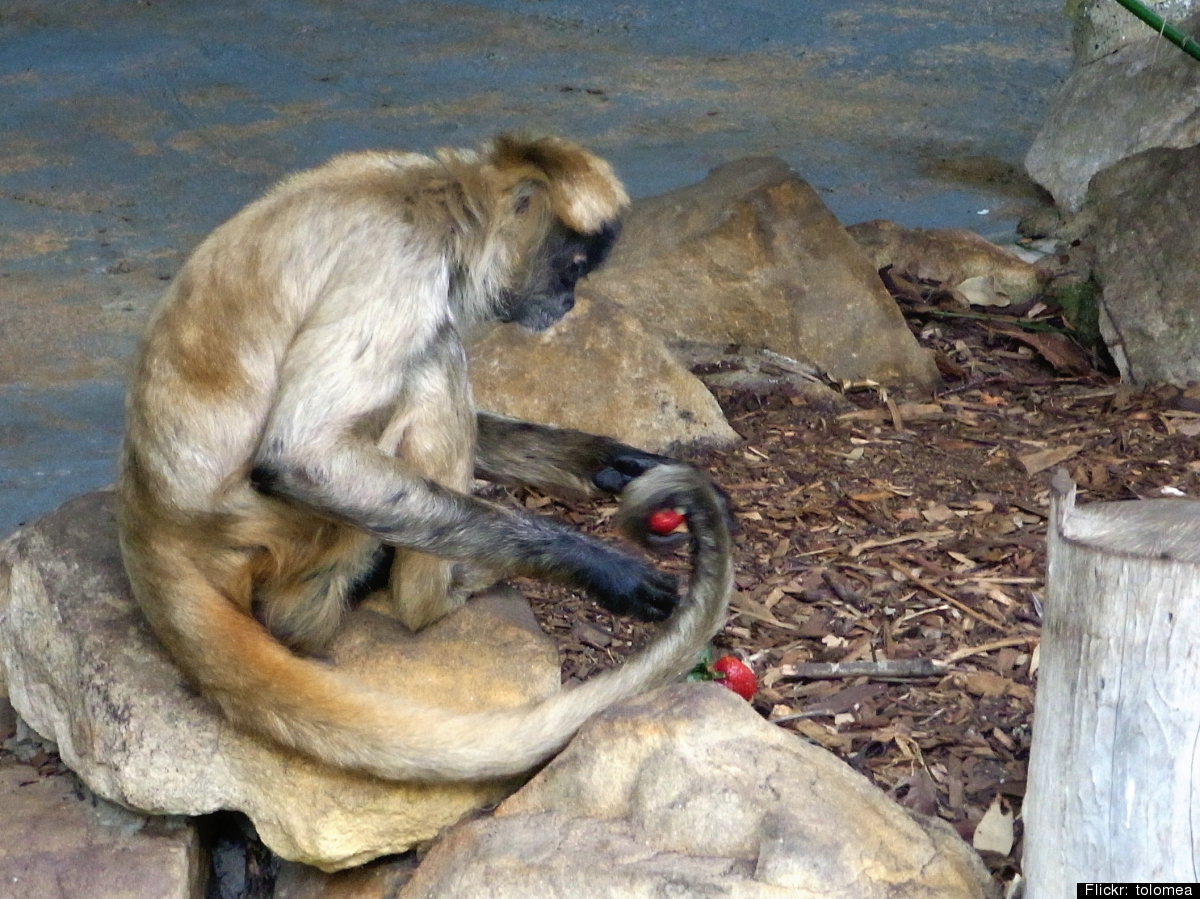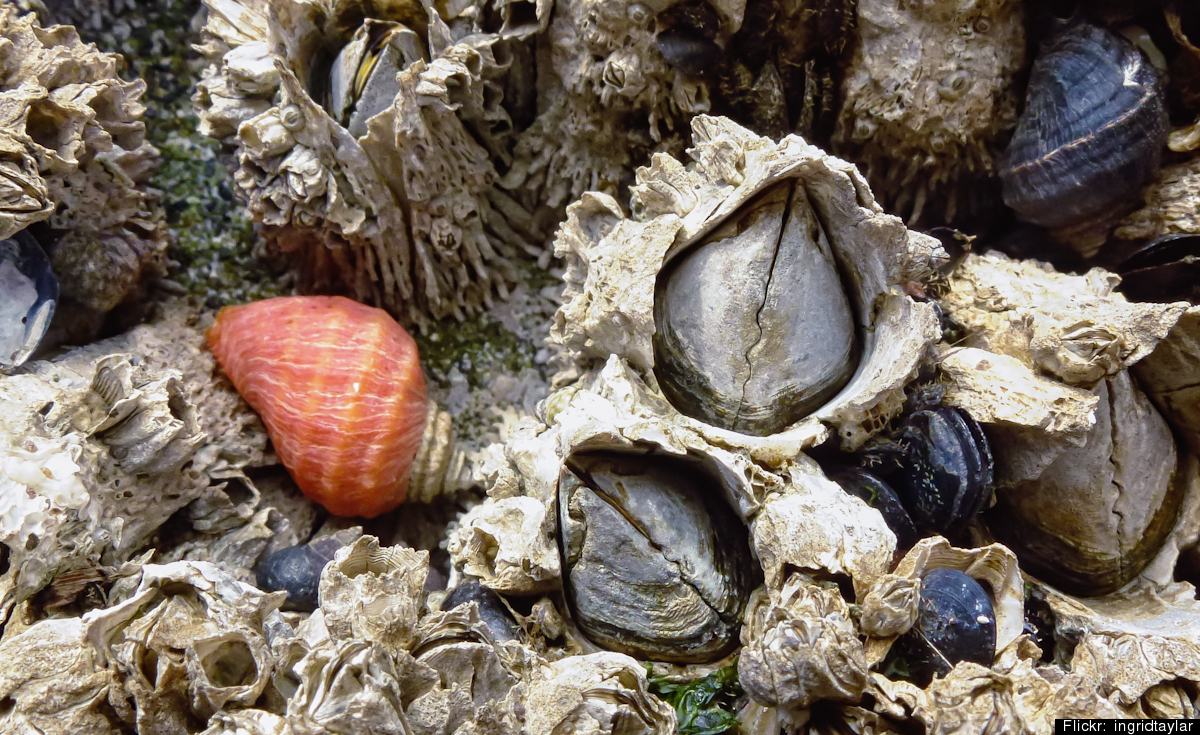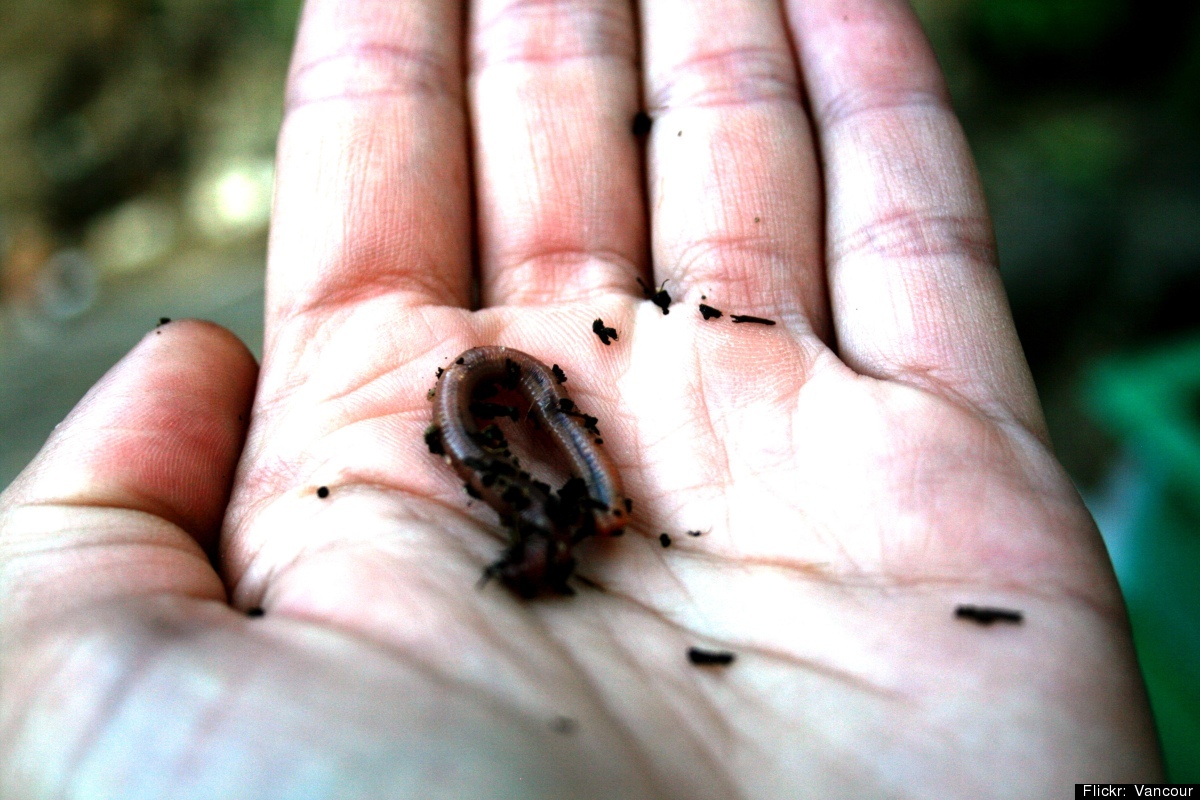What do sleeping cats, dog heads, and strudels all have in common?
To speakers of different languages around the world, these objects all resemble "@," the little symbol that likes to populate our emails and tweets.
English is no-nonsense in its description of @. If fact, we call it like we see it -- simply the "at-sign," "at-symbol," or just "at." Pretty boring, right? Other languages are much more colorful in what they refer to it, using animals (or even pastries) to spice up their vernacular.
But that always wasn't the case. According to the
Museum of Modern Art, linguists believe @ derived from "a unique pen stroke" of the Latin preposition "ad" (meaning "at," "to," or "toward") in the sixth or seventh century -- well before the Internet age. By 1885, the at-sign was inserted onto typewriters and later called the "commercial 'a'" by the
American Dictionary of Printing and Bookmaking.
It wasn't until the 1970s that the symbol would get its big break, when electrical engineer
Ray Tomlinson inserted the little-used sign into email addresses.
Since then, the @ has taken on several different uses online, becoming a staple of our email addresses and handles on social networking sites. According to CNN, one Chinese couple even tried to name their child @ in 2007, pronouncing it "ai ta."
Take a look at the slideshow below to see a few different translations for the at-sign. If you could rename this curly character, what creative description would you associate it with? Let us know in the comments section below, or tweet your suggestions to (!!)
@HuffPostTech.
@Danish speakers refer to the
@ as an "elephant's trunk."
 @
@German, Polish, Bulgarian and Indonesian all call
@ a "monkey's tail" or "little monkey."
 @
@Greek speakers have come to call
@ the word "papaki," meaning little duck.
 @
@In Hebrew, the
@ is called a "strudel." (Yum!)
 @
@Italians call
@ a "chiocciola", meaning "snail." Another Romance language, French, also use this spirally
mollusk in their translation, or say "at" like in English.
 @
@Chinese speakers use the word "mouse" for the
@.
 @
@Kazakh speakers refer to
@ as a "moon's ear."
 @
@The Russian language uses the word "dog" for the
at-sign. Kazakh speakers also refer to
@ occasionally
as the "dog's face."
 @
@The word "miukumauka" or "the sign of the meow" is how Finnish speakers describe
@,
which they believe looks like a sleeping cat. Finns also might call the symbol a
"kissanhnta" or "cat's tail."
 @
@In Korean,
@ is called "golbangi," which translates into a word similar to "sea snail."
 @
@The
@ for Hungarian speakers means "worm" or "maggot."
